Coffeebackwards
Iron
- Joined
- Sep 1, 2025
- Posts
- 150
- Reputation
- 131
Introduction:
many researchers and aesthetic analysts have noticed a pattern faces today appear narrower, longer, and less projected compared to our ancestors skulls.
This led to what we call the Craniofacial Compression Theory, a concept proposing that modern lifestyle factors such as poor posture, soft diets, and chronic mouth breathing cause the underdevelopment and inward collapse of facial structure.
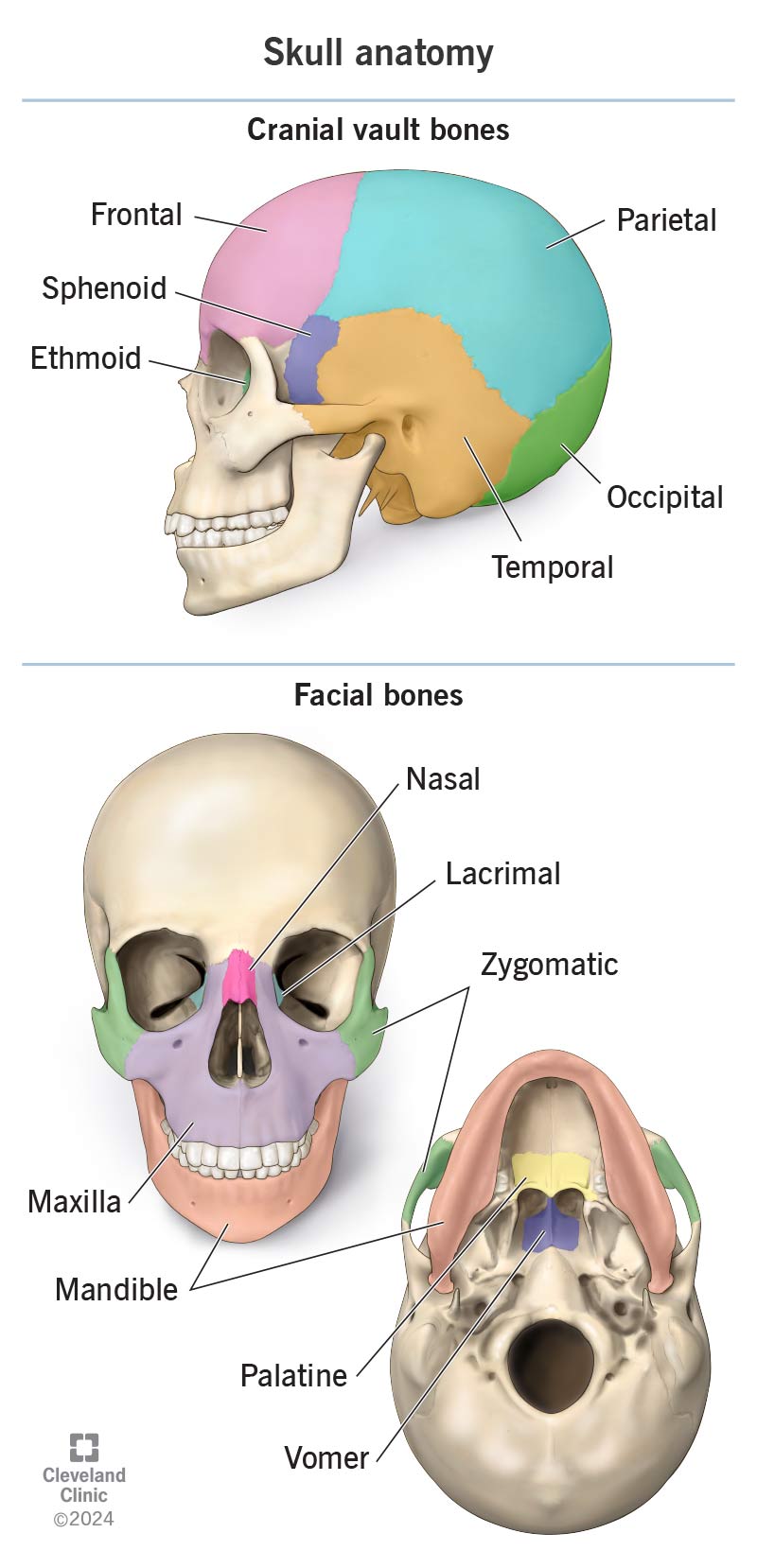
In this thread we'll break down the biomechanics, biology, and aesthetic impact of craniofacial compression and how understanding it may help reverse or prevent it.
1. What Is Craniofacial Compression?
2. The Biomechanics Behind the Theory:
3. The biological cascade:
4. Evolutionary context:
5. Aesthetic Consequences:
6. Potential Prevention and Reversal Methods:
7. Key Takeaways:
Disclaimer:
This thread is for educational and research purposes only, Not medical advice and it does not recommend or endorse any medical treatment, device, or drug. If you are considering orthodontic or surgical interventions, consult a qualified professional.
 pmc.ncbi.nlm.nih.gov
pmc.ncbi.nlm.nih.gov

 pubmed.ncbi.nlm.nih.gov
pubmed.ncbi.nlm.nih.gov
 irispublishers.com
irispublishers.com
 pmc.ncbi.nlm.nih.gov
pmc.ncbi.nlm.nih.gov
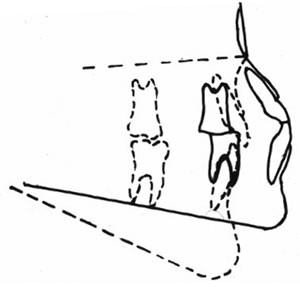
 www.nature.com
www.nature.com

 www.sciencedirect.com
www.sciencedirect.com
many researchers and aesthetic analysts have noticed a pattern faces today appear narrower, longer, and less projected compared to our ancestors skulls.
This led to what we call the Craniofacial Compression Theory, a concept proposing that modern lifestyle factors such as poor posture, soft diets, and chronic mouth breathing cause the underdevelopment and inward collapse of facial structure.

In this thread we'll break down the biomechanics, biology, and aesthetic impact of craniofacial compression and how understanding it may help reverse or prevent it.
1. What Is Craniofacial Compression?
Craniofacial compression refers to the loss of forward growth and structural support in the midface and lower third of the skull due to chronic under stimulation of growth forces.

In other words, the bones of the face don’t grow outward enough (toward the viewer), but instead grow downward and inward.
This pattern is common in modern population and is linked to:
Narrow palates and recessed maxillae
Poor jawline definition
Flat midfaces
Underdeveloped zygomatic projection
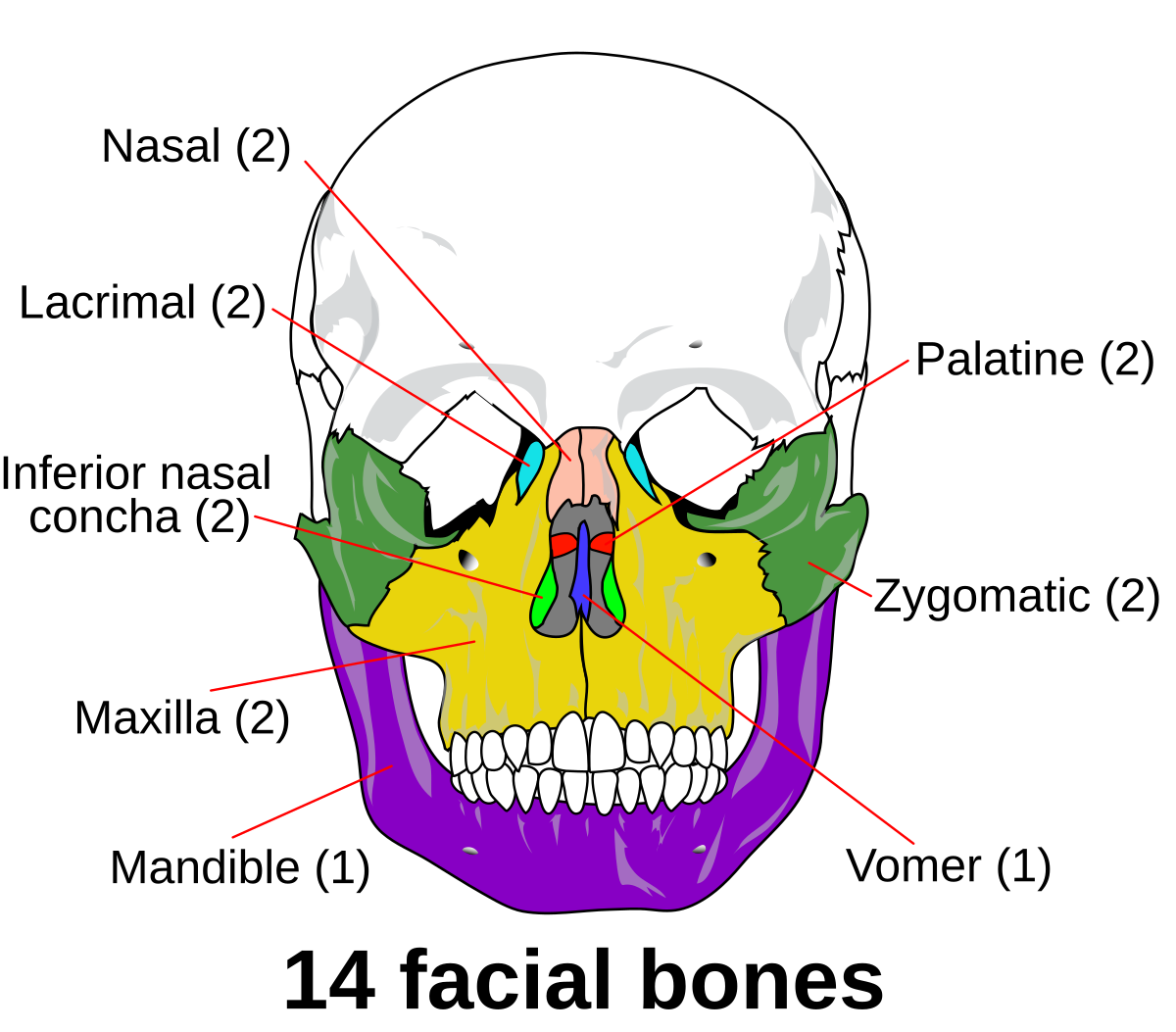
In other words, the bones of the face don’t grow outward enough (toward the viewer), but instead grow downward and inward.
This pattern is common in modern population and is linked to:
Narrow palates and recessed maxillae
Poor jawline definition
Flat midfaces
Underdeveloped zygomatic projection
2. The Biomechanics Behind the Theory:
a) Soft Food Diets:
Ancestral diets required extensive chewing, stimulating the masseter and temporalis muscles, which in turn generated mechanical loading on facial bones (Wolff’s Law).
Modern soft diets drastically reduce this load, resulting in less bone stimulation = narrower jaws and weaker bite force.
b) Mouth Breathing and Airway Dysfunction
Mouth breathing alters tongue posture instead of resting on the palate, the tongue drops down.
This removes upward and outward force on the maxilla, causing it to collapse inward over time.
The result: longer face, recessed midface, and under eye hollowing.
c) Postural Compression
Forward head posture (common from screen use) shifts the cranial base angle, compressing the airway and pushing the mandible backward.
This leads to a compressed appearance: weak chin, high gonial angle, and sloped profile.

Ancestral diets required extensive chewing, stimulating the masseter and temporalis muscles, which in turn generated mechanical loading on facial bones (Wolff’s Law).
Modern soft diets drastically reduce this load, resulting in less bone stimulation = narrower jaws and weaker bite force.
b) Mouth Breathing and Airway Dysfunction
Mouth breathing alters tongue posture instead of resting on the palate, the tongue drops down.
This removes upward and outward force on the maxilla, causing it to collapse inward over time.
The result: longer face, recessed midface, and under eye hollowing.
c) Postural Compression
Forward head posture (common from screen use) shifts the cranial base angle, compressing the airway and pushing the mandible backward.
This leads to a compressed appearance: weak chin, high gonial angle, and sloped profile.
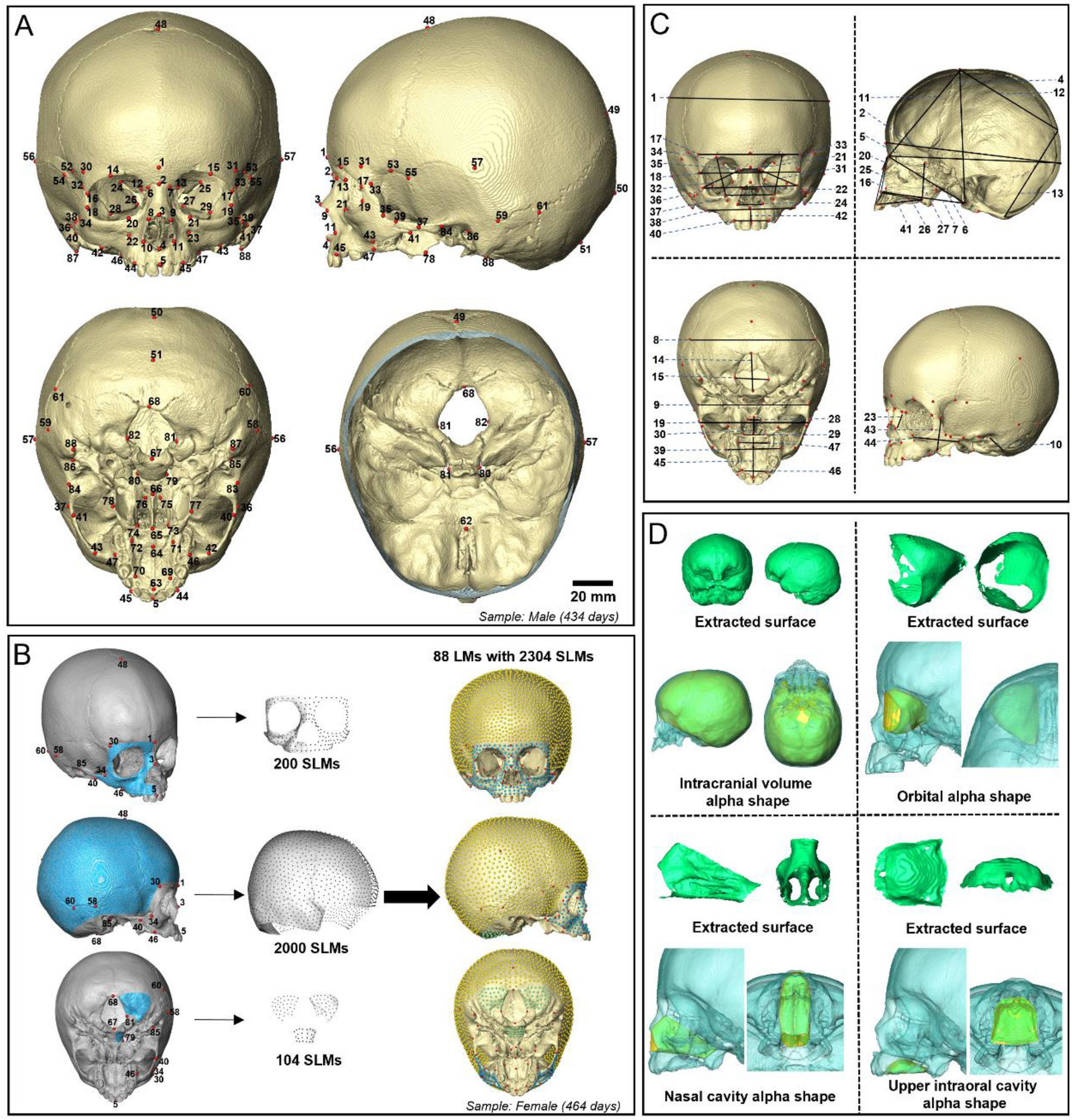
3. The biological cascade:
When craniofacial compression occurs, it affects more than just bone structure:
Airway narrowing > chronic low grade hypoxia > altered GH/IGF-1 signaling
Cortisol elevation from poor sleep > fat redistribution to face and neck
Reduced mechanical stress > slower osteoblastic activity > bone density loss

Over time this creates a vicious cycle of weak bone structure and bad facial proportions.
Airway narrowing > chronic low grade hypoxia > altered GH/IGF-1 signaling
Cortisol elevation from poor sleep > fat redistribution to face and neck
Reduced mechanical stress > slower osteoblastic activity > bone density loss
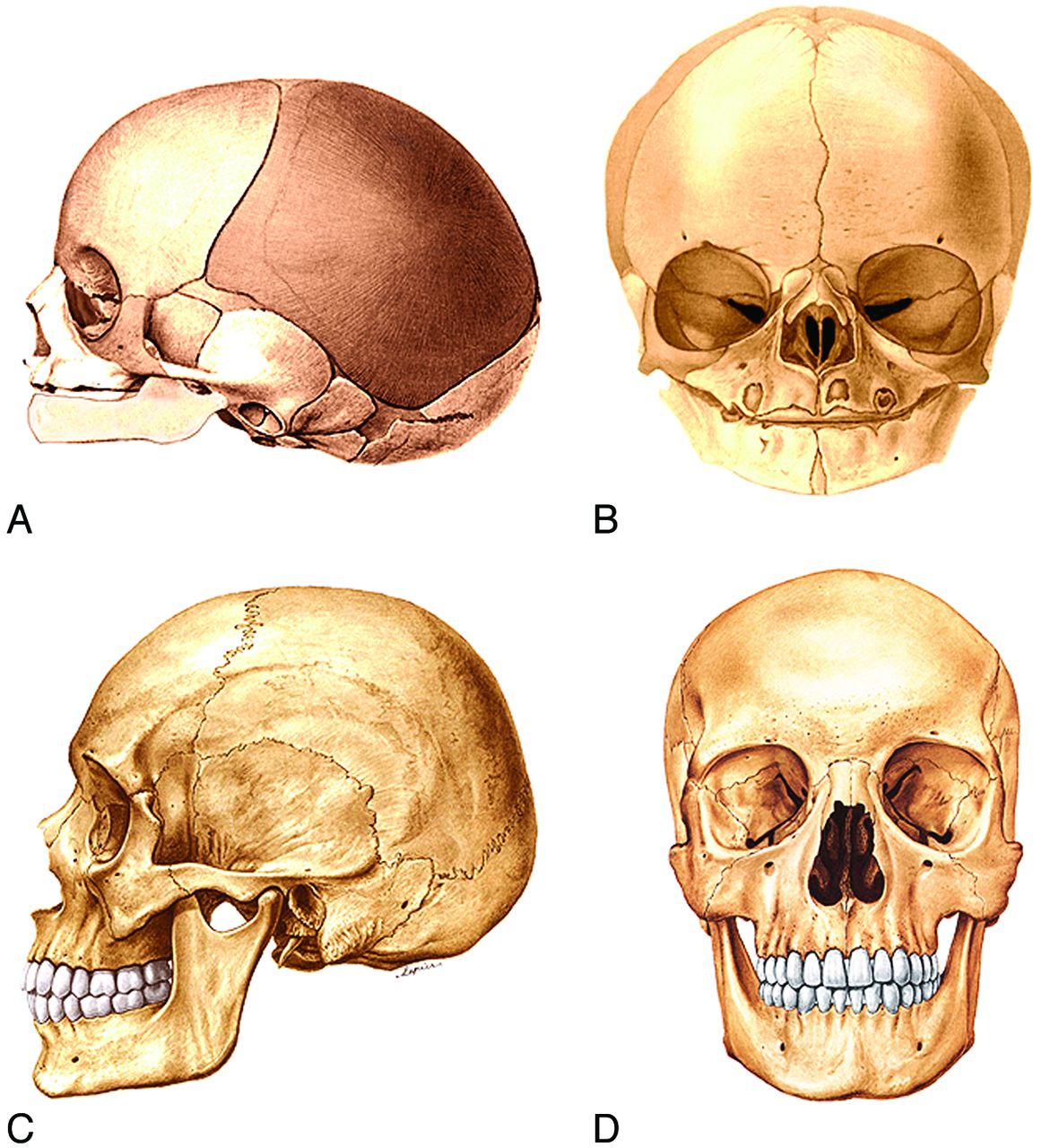
Over time this creates a vicious cycle of weak bone structure and bad facial proportions.
4. Evolutionary context:
Pre-industrial humans had:
Broad dental arches
Forward set faces
Strong chins and cheekbones
Minimal malocclusion (crooked teeth were rare)
Anthropologists (Lieberman, 2011 and Corruccini, 1999) have shown that this changed dramatically after the agricultural and industrial revolutions.
Modern human skulls show consistent narrowing and facial flattening likely due to decreased masticatory demand and altered breathing mechanics.

Broad dental arches
Forward set faces
Strong chins and cheekbones
Minimal malocclusion (crooked teeth were rare)
Anthropologists (Lieberman, 2011 and Corruccini, 1999) have shown that this changed dramatically after the agricultural and industrial revolutions.
Modern human skulls show consistent narrowing and facial flattening likely due to decreased masticatory demand and altered breathing mechanics.
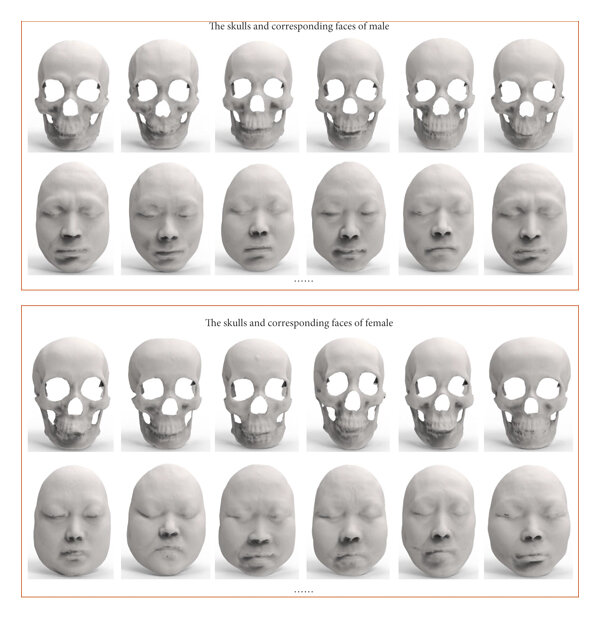
5. Aesthetic Consequences:
Craniofacial compression typically results in:
Recessed midface and jaw
Under eye hollowing (negative vector)
Longer, droopier facial proportions
Narrow nasal passages and weak nose bridge
Flat cheek projection
Reduced masculine/feminine contrast
These traits are perceived as less attractive, less vital, and
less youthful.
Recessed midface and jaw
Under eye hollowing (negative vector)
Longer, droopier facial proportions
Narrow nasal passages and weak nose bridge
Flat cheek projection
Reduced masculine/feminine contrast
These traits are perceived as less attractive, less vital, and
less youthful.
6. Potential Prevention and Reversal Methods:
Chewing harder foods (meat, gum, fibrous plants) to increase masticatory loading
Tongue posture training (orthotropics/mewing) to promote maxillary support
Posture correction to realign cervical spine and mandible
Nasal breathing optimization (nasal strips, decongestion, etc.)
Orthodontic and orthotropic interventions in severe cases
Emerging research suggests that consistent stimulation of bone loading patterns, combined with hormonal and nutritional support, can help maintain better craniofacial structure throughout growth and even adulthood.
Sadly I'm not knowledgeable enough to give you information about exact procedures you may need for your facial aesthetics issues, that's why you should always do your own research and not rely purely on other people's threads.
Tongue posture training (orthotropics/mewing) to promote maxillary support
Posture correction to realign cervical spine and mandible
Nasal breathing optimization (nasal strips, decongestion, etc.)
Orthodontic and orthotropic interventions in severe cases
Emerging research suggests that consistent stimulation of bone loading patterns, combined with hormonal and nutritional support, can help maintain better craniofacial structure throughout growth and even adulthood.
Sadly I'm not knowledgeable enough to give you information about exact procedures you may need for your facial aesthetics issues, that's why you should always do your own research and not rely purely on other people's threads.
7. Key Takeaways:
The human face adapts to mechanical and environmental forces.
Modern habits reduce the natural stimuli needed for full bone development. (Basically since we don't need as strong developed bones as we did 10000 years ago for example, we simply adapted to the modern world diet/habits)
Craniofacial compression may explain much of the facial flattening and airway dysfunction in modern population.
Understanding and addressing these forces could be the next frontier in natural looksmaxxing and facial optimization.
Modern habits reduce the natural stimuli needed for full bone development. (Basically since we don't need as strong developed bones as we did 10000 years ago for example, we simply adapted to the modern world diet/habits)
Craniofacial compression may explain much of the facial flattening and airway dysfunction in modern population.
Understanding and addressing these forces could be the next frontier in natural looksmaxxing and facial optimization.
Disclaimer:
This thread is for educational and research purposes only, Not medical advice and it does not recommend or endorse any medical treatment, device, or drug. If you are considering orthodontic or surgical interventions, consult a qualified professional.
Decoding Facial Dissymmetry: A Comparative Morphological Study on Human Skulls and Facial Structures - PMC
This study provides a detailed examination of facial asymmetry and its relationship with skeletal structure and soft tissues, aiming to better understand the morphological variations of the face. The facial characteristics of 615 patients were ...

Facial changes in identical twins treated by different orthodontic techniques - PubMed
Despite the known influence of orthodontic treatment on facial appearance, there have been few comparative studies of the effect of different treatments, and none of these appear to have looked at the long-term consequences. This study compared the effect of traditional fixed appliances and...
Orthotropics Technique in Orthodontics
Orthotropics is a wellness strategy that enables children to develop straight teeth and good dental and jaw alignment. However, equally important, the orthotropic approach also improves facial appearance and positively impacts a child’s health through airway development and better posture.
Editorial: Craniofacial Growth and Development: Novel Insights - PMC

Craniofacial dystrophy. A possible syndrome? - British Dental Journal
This article proposes a possible syndrome, craniofacial dystrophy (CFD), as one of the underlying causes of malocclusion and a range of other symptoms. These symptoms have seen a dramatic rise in the twentieth century, lack a clear aetiology and are currently treated symptomatically. Over the...

A longitudinal study of skeletal side effects induced by rapid maxillary expansion
Orthopedic expansion of the maxillary arch—rapid maxillary expansion (RME)—is a commonly used treatment technique that has become increasingly popular…
Last edited:

